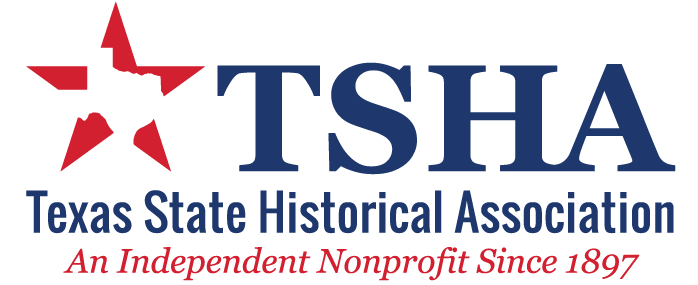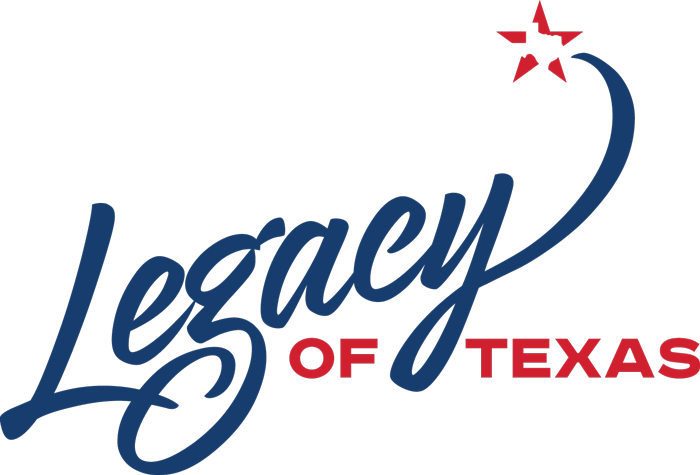The Turkey Track Ranch began in 1878 when Richard E. McNalty arrived at the Texas Panhandle from Colorado with a herd of cattle bearing a brand that he called Turkey Track (though it was often called Rafter I). McNalty chose a rolling expanse of free grass on Moore Creek in what is now Hutchinson County for his new range, and by 1879 he reported 6,500 head of cattle and fifty-five horses on 7,000 acres of pasture, with about seven or eight employees on his payroll. In 1881 McNalty sold this ranch to Charles W. Word of Wichita County, Texas, and Jack Snider, of Snider Brothers in Kansas City, and reportedly moved back to Colorado. Word and Snider began building up their herd, and in 1882 they helped other Panhandle ranchers construct a 200-mile drift fence (see PANHANDLE DRIFT FENCES) to save their grass from the cattle drifting southward and to control the spread of tick fever (see TEXAS FEVER). In January 1883 they sold the Turkey Track to a new Scottish syndicate, the Hansford Land and Cattle Company. Its founder, Scottish-born James M. Coburn, who worked as a banker in Kansas City, had begun combining several northern Panhandle herds. He bought out Thomas S. Bugbee's Quarter Circle T for $350,000 and also William E. Anderson's Scissors Ranch near the Adobe Walls site (see ADOBE WALLS, TEXAS). With the addition of the Word and Snider holdings, the Hansford Company adopted the Turkey Track brand for all its cattle. The combined ranches thus covered northern Hutchinson and southern Hansford counties. A. H. Johnston, a former livestock agent for the Santa Fe line, was made general manager, with Coburn as secretary. Bill Hudson was the company's first range boss. After Johnston was killed by lightning while riding up on the Cimarron, Coburn assumed the managerial duties. However, he was not suited by experience or temperament to run a cattle ranch.
It was thus a stroke of good fortune that Coburn obtained the services of Caleb B. (Cape) Willingham, former Oldham county sheriff, for the job. Willingham quickly won the respect and loyalty of the cowhands, and under his supervision the Turkey Track prospered for the next twenty years. When drought threatened the Panhandle ranges, Willingham drove 1,500 steers to fatten for market on the Cherokee Strip in Indian Territory. Until 1887–88 he sent herds to the railhead at Dodge City, but after the Panhandle and Santa Fe Railway built through, he shipped cattle from the new towns of Canadian and Miami. During this time, Willingham and his family resided in T. S. Bugbee's old Stone House, and later they constructed the county's first frame dwelling nearby, out of lumber freighted in from Dodge City. Other structures at the headquarters included a three-room bunkhouse, a smokehouse, and various sheds and corrals. Coburn, in the meantime, continued to reside in Kansas City but brought his family out for annual summer visits. By 1890 the Hansford Company owned 85,000 acres of land and leased an additional 350,000, with an average cattle count of 30,000 head. Among the ranch's prominent employees were Tom Coffee, former range boss of the Quarter Circle T, and his six nephews, all of whom stayed to put down roots in the Panhandle. One, Woodson Coffee, later succeeded Willingham as manager. Another noted resident of the Turkey Track was William (Billy) Dixon, who became postmaster when the Adobe Walls post office was established in 1887. Dixon took up some subirrigated school land near ranch headquarters, planted an orchard, and moved to that site a two-room log house, which he used as his home and post office. In 1889 Dixon and S. G. Carter, who carried the mail twice a week from Canadian, opened a store in connection with the post office. Here Olive King Dixon first set up housekeeping after marrying the hero of Adobe Walls in October 1894.
In 1893 Willingham purchased a tract on the Pecos River near Roswell, New Mexico, formerly a part of John S. Chisum's range, intending to make it his main ranch later on. For the next few years, he commuted from one ranch to the other, looking after both. The difficulties of this situation, in addition to cattle thefts, persuaded Coburn to sell off a large part of the Panhandle herd and send the remainder to the Pecos range. The land was sold to Mart Cunningham, a longtime Turkey Track employee, who paid $5,000 for the headquarters and bought 7,280 acres at $3.00 an acre, with 500 high-grade Hereford cattle. Subsequently, in 1903, both Cunningham and Dixon sold out to the partnership of Price, Patton, and Hyde. Price later bought out his partners and became sole owner. By 1916 the ranch had become the property of William Thomas Coble, a rancher who had settled on Moore Creek in 1899 and had begun expanding after building up his herd. The Turkey Track brand, which Coburn and Willingham had taken to New Mexico, had been closed out by 1916, along with the Hansford Company, which had begun to sell out after 1900. Coble adopted the brand for his cattle and continued buying up several small ranches and farms. Over the next few years he accumulated a sizable spread of thirty-two pastures and hay meadows, 100,000 acres in all, on the very land where McNalty had begun the Turkey Track in 1878. The Adobe Walls post office remained in operation until 1921. In the mid-1980s the Turkey Track Ranch was owned and operated by the descendants of Catherine (Coble) Whittenburg, W. T. Coble's only surviving child. Whittenburg cattle still bore the Turkey Track brand.
Is history important to you?
We need your support because we are a non-profit that relies upon contributions from our community in order to record and preserve the history of our state. Every dollar helps.
Gus L. Ford, ed., Texas Cattle Brands (Dallas: Cockrell, 1936). Laura V. Hamner, Short Grass and Longhorns (Norman: University of Oklahoma Press, 1943). John L. McCarty, Adobe Walls Bride (San Antonio: Naylor, 1955). Pauline D. and R. L. Robertson, Cowman's Country: Fifty Frontier Ranches in the Texas Panhandle, 1876–1887 (Amarillo: Paramount, 1981). Jesse Wallace Williams, The Big Ranch Country (Wichita Falls: Terry, 1954; 2d ed., Wichita Falls: Nortex, 1971).
The following, adapted from the Chicago Manual of Style, 15th edition, is the preferred citation for this entry.
H. Allen Anderson,
“Turkey Track Ranch,”
Handbook of Texas Online,
accessed May 17, 2024,
https://www.tshaonline.org/handbook/entries/turkey-track-ranch.
Published by the Texas State Historical Association.
TID:
APT08
-
Original Publication Date:
-
August 1, 1995
-
Most Recent Revision Date:
-
January 23, 2019







